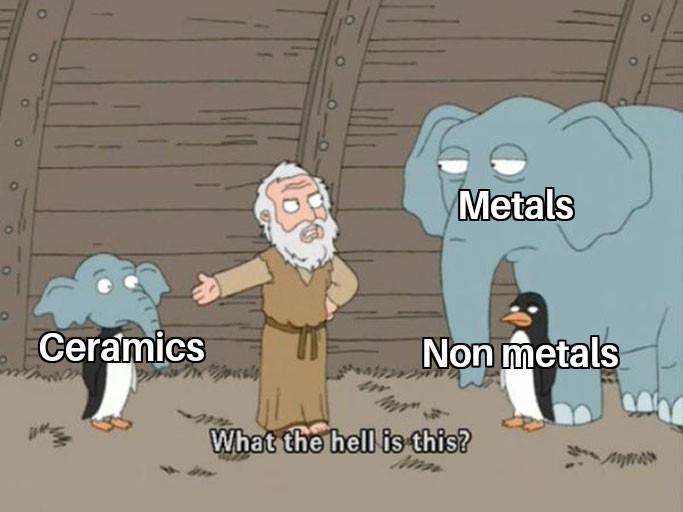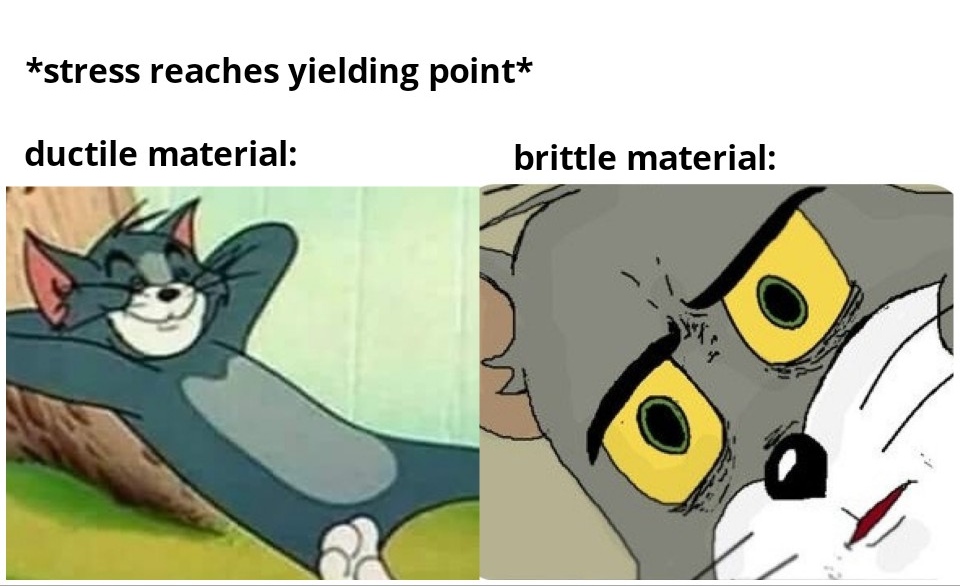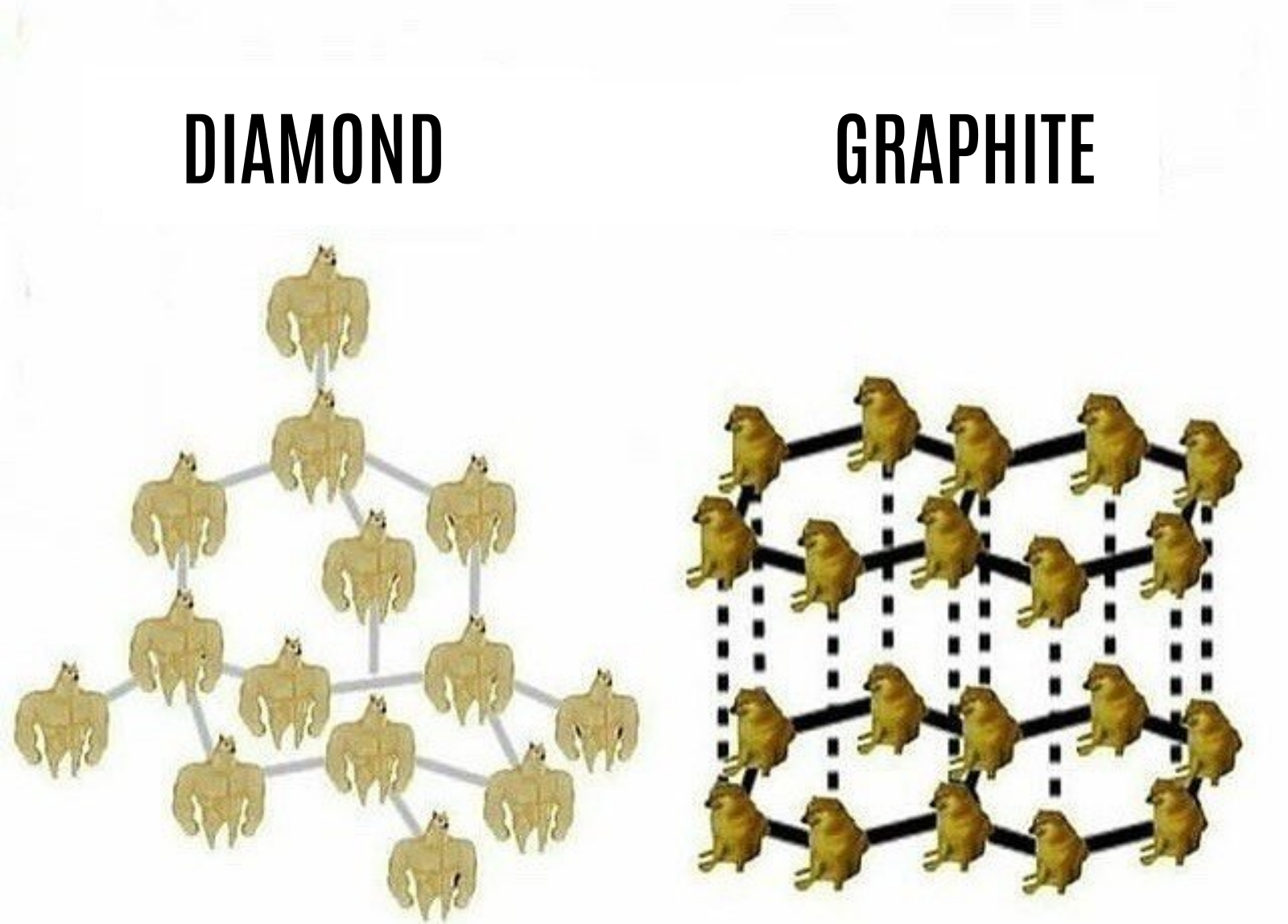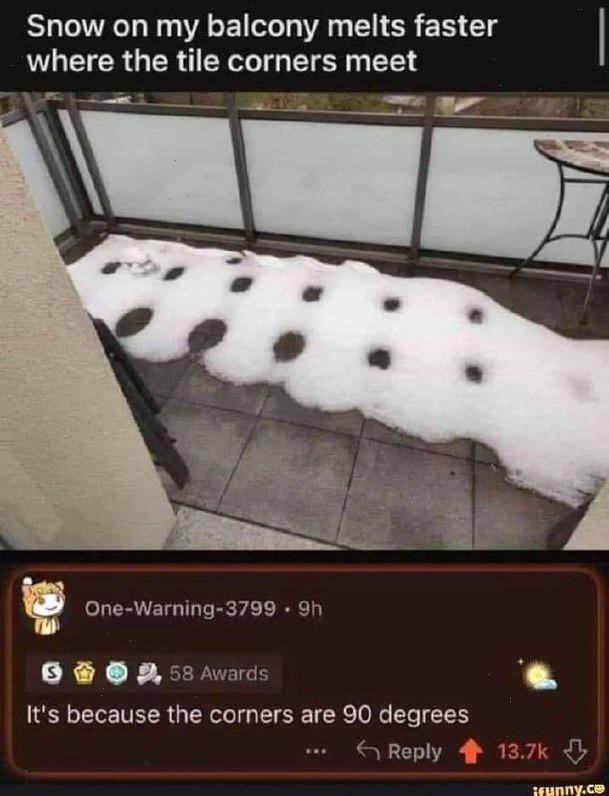Engineering humor at its finest! When stress hits the yielding point, ductile materials (like our relaxed Tom) just go with the flow and deform without breaking. Meanwhile, brittle materials (poor Jerry) are one stress away from catastrophic failure! This is basically every material scientist during finals week - some bend, others shatter. The yielding point is that critical threshold where a material stops bouncing back and starts permanently deforming. Metals like copper? Super chill, just stretching out. Ceramics and glass? Total panic mode! Next time your friend handles stress well, call them "impressively ductile" and watch their confusion!


 Academia
Academia
 Ai
Ai
 Astronomy
Astronomy
 Biology
Biology
 Chemistry
Chemistry
 Climate
Climate
 Conspiracy
Conspiracy
 Earth-science
Earth-science
 Engineering
Engineering
 Evolution
Evolution
 Geology
Geology






